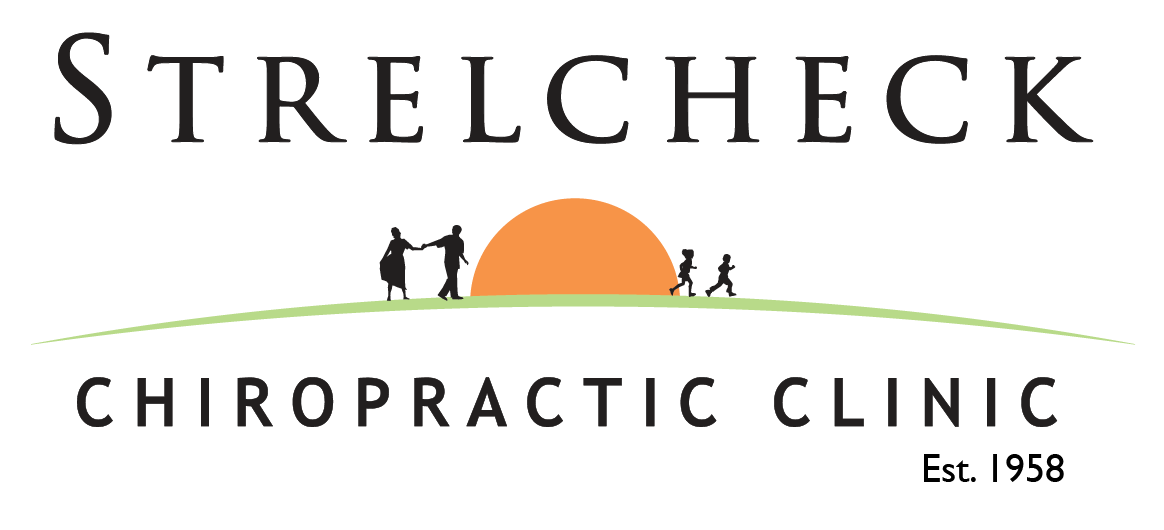Period Relief for Life with Chiropractic Care
Nearly all women experience cramping, pain and bloating and other discomforts every month. In fact, most women will cope with about 40 years worth of periods (nearly 500) in their lifetime. Women come to expect a unique series of mild or severe pain and discomforts lasting an average of 8 to 12 days, for which they’ll try just about every imaginable treatment, just to get through another month. To complicate matters, every stage of menses brings its own set of symptoms, conditions and treatment options. Standard comfort measures such as bed rest, heat, over-the-counter analgesics or homespun tips from mothers or friends might produce benefit, but are often not associated with substantial symptom relief. If your symptoms interfere with daily activities or diminish your quality of life, you might want to consider a chiropractic approach as a treatment option. That suggestion might surprise you. I understand a number of women who suffer from menstrual discomforts won’t consider a chiropractor at first because: “If I don’t have a backache, why go to the chiropractor?” Allow me to share some basic facts about the association between the female reproductive system and nerve function so you can understand how chiropractic treatment can help. The Connection: Spine, Nerves and Organs The primary structures that make up the female reproductive system, your ovaries, vagina, uterus, cervix and pituitary gland, all require a healthy nerve supply to function properly. If the nerves to those structures are cut off, their health is compromised. Chiropractic doctors help women maintain the relationship between the female reproductive system and nervous system by maintaining the health of the spinal column. Gentle chiropractic techniques are applied to various segments of the spine to properly align them, eliminating “pinched nerves” and enabling nerve flow. While chiropractic techniques can be used at any age or stage of menses, these conditions seem to spark interest in drug-free symptom relief: Pregnancy As a baby grows, the increase in the lumbar curve (lower back) and forward shift in a woman’s center of gravity cause an uneven weight distribution over the pelvis, resulting in pain in the low back, hips and pelvis. The strain on the lumbar curve triggers compensatory changes in the cervical and thoracic spine, causing other symptoms like migraine headaches and numbness of the arms, shoulders and neck. Chiropractic adjustments performed in a sitting or lying position on an ergonomically designed chiropractic table can deliver significant pain relief, reduce swelling and improve circulation. Dysmenorrhea Or Menorrhagia It is no coincidence the patients I’ve treated who suffer from severe menstrual cramps, known as dysmenorrhea or menorrhagia, prolonged or heaving flow, also suffer from neck or back pain and spinal displacements. Perhaps that is why many of those women who initially came in with neck or back complaints experienced beneficial effects on menstrual cramps, flow and overall comfort. Fibroids Chemicals produced by the ovaries and adrenal glands that are essential for reproduction are broken down by the liver. If the liver isn’t working properly, those chemicals can build up to unhealthy levels and cause fibroid tumors in the uterus, which, although benign, account for at least one-third of all gynecological admissions to hospitals. Menopause When the body no longer produces the hormones necessary for the reproductive cycle to function, a woman is considered to be menopausal. My patients who are in their menopausal phase of life have reduced symptoms of depression, hot flashes, back and joint pain, headaches and fatigue as a result of routine chiropractic treatment. Remember, a healthy spinal column is essential for the health of the female reproductive system. If your period brings you symptoms that make you miserable, or if you suffer from gynecological problems, consult your chiropractor as




